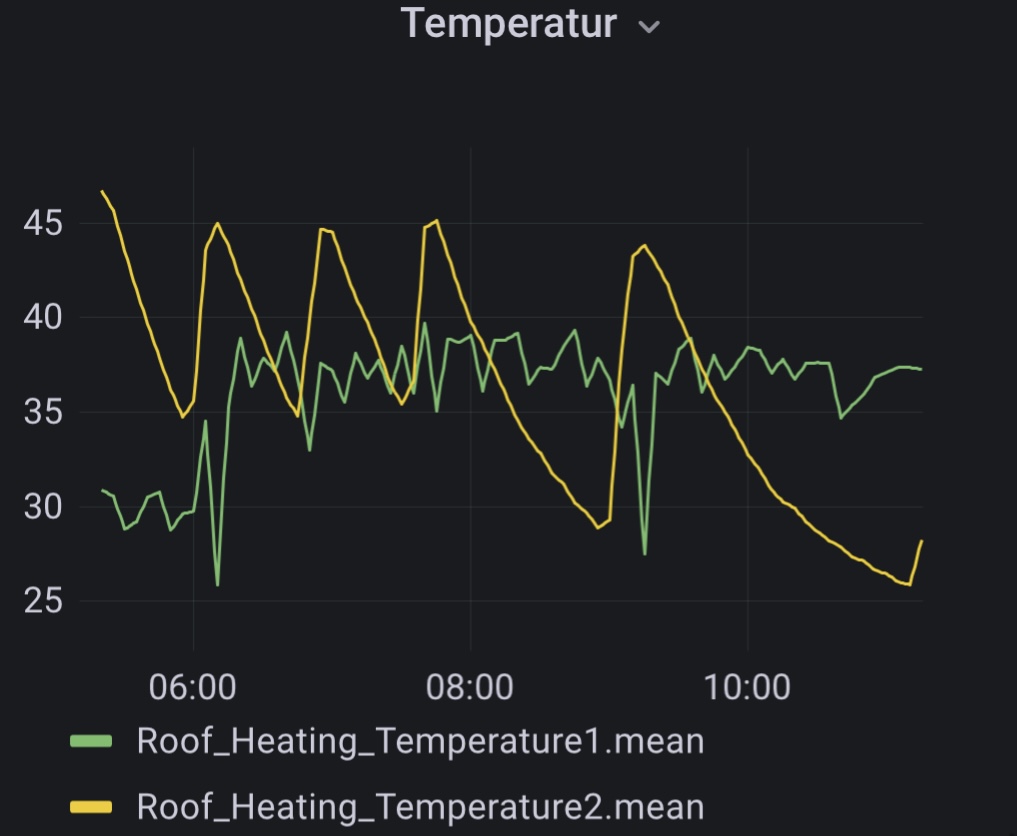When the Heating Breaks Down in the Middle of Winter
When the Heating Breaks Down in the Middle of Winter
⚠️ Safety Warning: The work on heating systems described in this article should only be performed by qualified professionals. Improper interventions can lead to property damage, personal injury, carbon monoxide poisoning, or other hazards. Always contact a certified heating technician when experiencing problems with your heating system.
November 2022 was destined to become an unforgettable month for us – though not for the reasons we would have wished. Our heating system decided to mostly stop working right at the beginning of winter. What followed was a months-long odyssey of error codes, nighttime heating failures, and the creative use of smart home technology as an emergency solution.
The Beginning of the Problem
It all started innocuously: when switching from hot water preparation back to normal heating mode, our Remeha heating system suddenly refused to start properly. Instead, we were regularly greeted by error code L14 on the display – initially only occasionally, later ten times a day and more.
The ritual was always the same: error message appears, heating stops, we press the reset button (“the trumpet”), and the system runs again – at least for a few hours.
The Troubleshooting Begins
As a tech-savvy computer scientist, the problem naturally wouldn’t let me rest. I began systematically observing the heating system and noticed some interesting patterns:
The typical failure pattern:
- The error occurred almost exclusively when switching between hot water and heating mode
- After an error, the heating couldn’t be restarted immediately – you had to wait a few minutes
- Acoustically, the difference between successful and failed starts was clearly audible
Smart Home as a Lifeline
Since the problem dragged on for weeks and repair appointments were delayed, an interim solution was needed. With my OpenHAB system at the time, I developed a kind of “heating monitoring”:

- Temperature measurement: Thermometers on the outgoing pipes continuously logged the temperatures of both heating circuits
- Automatic detection: Based on the characteristic temperature drops, the system could detect heating failures
- Remote control: A Switch Bot made it possible to restart the heating remotely
This solution wasn’t elegant, but it saved us from cold nights and gave us the security to respond even during longer absences.
The Nightmare Before Christmas
It became particularly dramatic in December when we went to church for several hours for a service. When we returned, the heating had failed again. In such moments, you realize how vulnerable you are without a functioning heating system, especially with a child in the house.
The Final Solution
After several repair attempts – replacement of the PU board, ignition transformer, and ignition electrode – the D14 error disappeared, but L14 stubbornly persisted. Only when the heating season was already coming to an end could the problem finally be resolved.
What I Learned
This experience taught me several important lessons:
Technically:
- Smart home systems can enable creative solutions in emergencies
- Systematic data collection helps with error diagnosis
- Sometimes it takes multiple repair attempts to solve complex problems
Personally:
- A functioning heating system is not a given
- Prevention and backup plans are more important than you think
- Patience and creativity can help get through difficult times
Outlook
Meanwhile, our heating runs reliably again, and I have switched the monitoring system to Home Assistant. The temperature monitoring has remained – not out of necessity, but from the realization that transparency and control over home technology simply provides a reassuring feeling.
If you have similar problems with your heating: don’t give up, document the errors systematically, and don’t hesitate to develop creative interim solutions. Sometimes it’s precisely the unconventional approaches that help through difficult times.